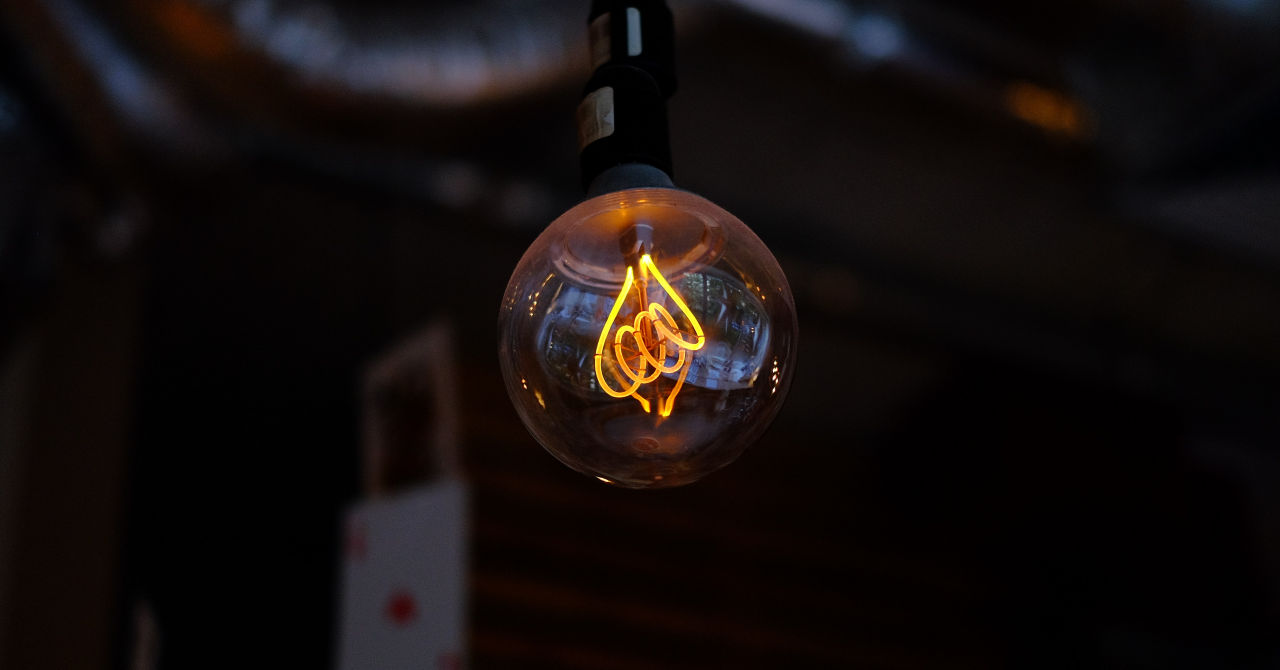According to Energy Daily, the heat engine designed by the researchers is thermophotovoltaic cell (TPV), and it works similarly to traditional solar panel cells.
The device passively captures photons from a white-hot heat source and converts it into electric energy.
The heat engine can efficiently produce electricity when exposed to temperatures between 1.900 to 2.400 degrees Celsius.
The team behind this project want to incorporate the TPV cells into a grid-scale thermal battery.
This would allow the system to absorb energy from excess renewable sources, such as the sun, and store the generated energy in heavily insulated banks of hot graphite.
The TPV cells would then convert the heat into electricity and provide it to the grid on cloudy days, for example.
The team has demonstrated so far how each component works on its own, but it plans to put together the whole system in order to test it.

Photo Source: Energy Daily
Asegun Henry, Robert N. Noyce Career Development Professor in MIT's Department of Mechanical Engineering, said that "thermophotovoltaic cells were the last key step toward demonstrating that thermal batteries are a viable concept. This is an absolutely critical step on the path to proliferate renewable energy and get to a fully decarbonized grid."
Over 90% of the electricity in the world comes from heat sources, such as gas or coal plants, and steam turbines have been used in the past century to turn these heat sources into electricity, with an efficiency of 35%.
The most efficient heat engine to date is rated for 60% heat to electricity conversion, but it relies on moving parts that are obviously temperature-limited.
Scientist have been trying for the past years to overcome this weakness by using solid-state heat engines that don't have any moving parts and thus should be more reliable.
"One of the advantages of solid-state energy converters are that they can operate at higher temperatures with lower maintenance costs because they have no moving parts. They just sit there and reliably generate electricity", Henry explains.
He and his colleagues focused on developing a TPV design that would capture high-energy photons from higher temperature sources, which should be able to convert energy more efficiently.
Their TPV cell is made of three components, a high-bandgap alloy, which sits on a lower-bandgap alloy, under which there is a mirror-like layer of gold.
The efficiency comes from the fact that the first player captures the high-energy photons, while lower-energy ones slip by and get captured in the second layer. If any photons slip by the second layer, they are reflected back to the heat source, instead of being wasted.
The researchers tested the device with a high-temperature lamp, which they concentrated on the TPV cell and modified the bulb's intensity to test the overall efficiency.
The results showed that between 1.900 to 2.400 degrees Celsius, their new heat engine had an efficiency of about 40%.
The team now hopes to be able to scale up the system in order to replace fossil-fuel-driven power plants and to fully decarbonize the power grid, by supplying it with clean energy.
 Mihai - Cristian Ioniță
Mihai - Cristian Ioniță












Any thoughts?